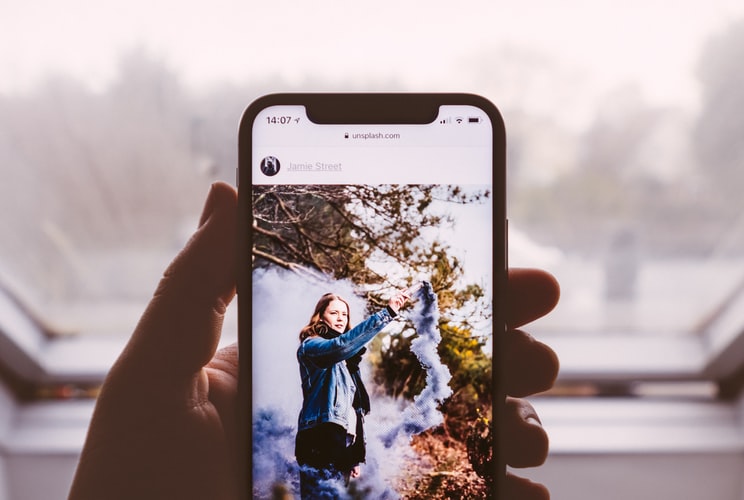Google presented the prototype edition of TensorFlow 2.0 in 2019. Now let us introduce how to train Tensorflow image recognition?
Overview
TensorFlow has generally been thought of as the deep learning mechanical shaft. So, a versatile instrument with a sophistication that intimidates.
Moreover, the program is a stable research graph. I’m referring to because you use TensorFlow 1.x in the context.
How To Train Tensorflow Image Recognition?
It is a combined operation to maximize the usefulness of this version 2.0. Let’s study TensorFlow increasing level and versatility.
Here are some highlights:
- The willing operation does disable by default.
- Unless the efficiency of graphical operation does optimize.
- Smoother, quite reliable, and so less obsolete APIs are available.
Tougher Keras assimilation as the high-level API. TensorFlow 2.0 is thus more Pythonic.
Also, this is less challenging to know. The lowest degree of adaptability and sophistication if you like it does maintain.
TensorFlow 2.0 Alpha
It is very quick to build Python libraries on the web through Google Colaboratory. So, with full access to a GPU for near to 12 hours on end.
Because one’s framework does turn into Colab. Since this is for conducting computer vision tests.
Let’s mount the Colab playbook update of the TensorFlow 2.0 prototype on a pipe. So, you need to be fine and go!
Also, double test whether you have a GPU for your Colab startup. This is on the Edit app seedbox. Last, choose Settings from the Journal.
Load Data Using tf.data.Dataset
We’re going to create a ranking. So, this determines on if or not a flying selected topics a columnar shrub.
Hence, this database is an updated clover Images database edition. For instance, Kaggle Downloading Script.
Let’s install ways to the picture folder. And the related tags into sets use lemurs.
First, use sklearn. model selection to construct a 90-10 train validity break. Also, then we have the format for the frame.
So, the marks do separate onto pieces of preparation and testing. You will build tf.data. data source entities.
Transfer Learning Model
Practice moves to improve. By allowing us to collect current pre-trained pattern image processing.
So, this is the surface area of the device. Also, to which the groups a picture can do determine and retrained.
Let’s use the Keras API of TensorFlow 2.0. To create our picture prediction models.
We may use a classifier MobileNetV2 design as a key sensor for transmission testing. So, the latest MobileNet version published by Google is MobileNetV2.
Moreover, to be lighter and thinner than versions such as ResNet. Thus, start for smartphones going.
Let’s install the convolutional MobileNetV2 design even without the upper part on ImageNet. Drain the scales and bring a new grading head.
Please notice that TensorFlow Optimizers can do use to classify images of tf.keras. Thus, applying TensorFlow optimizers is now simpler.
More consistent experience, supporting usage. With the tf.keras API and not sacrificing performance.
Summary
Designers addressed where TensorFlow 2.0 focuses on efficiency in this post. So, it is also fewer challenges with consistency and versatility.
Start with TensorFlow for experimentation with the computer vision. So, ensure explicit high-level implementation and enhanced APIs.
Many of the normal difficulty of TensorFlow does omit and condensed. So, this means that the analysis of object recognition does carry out.


